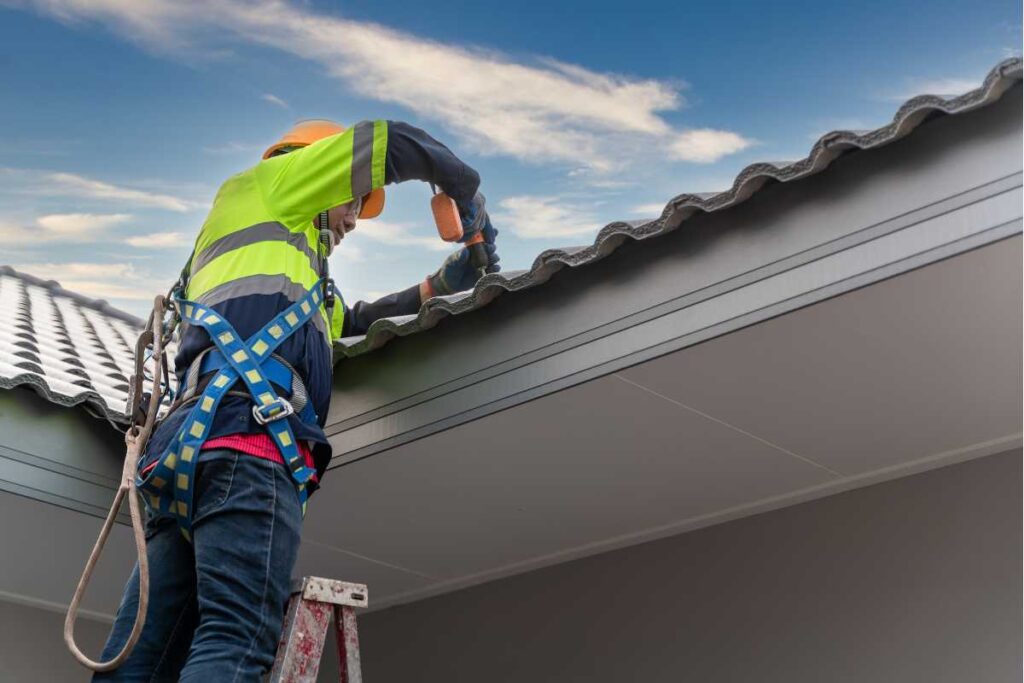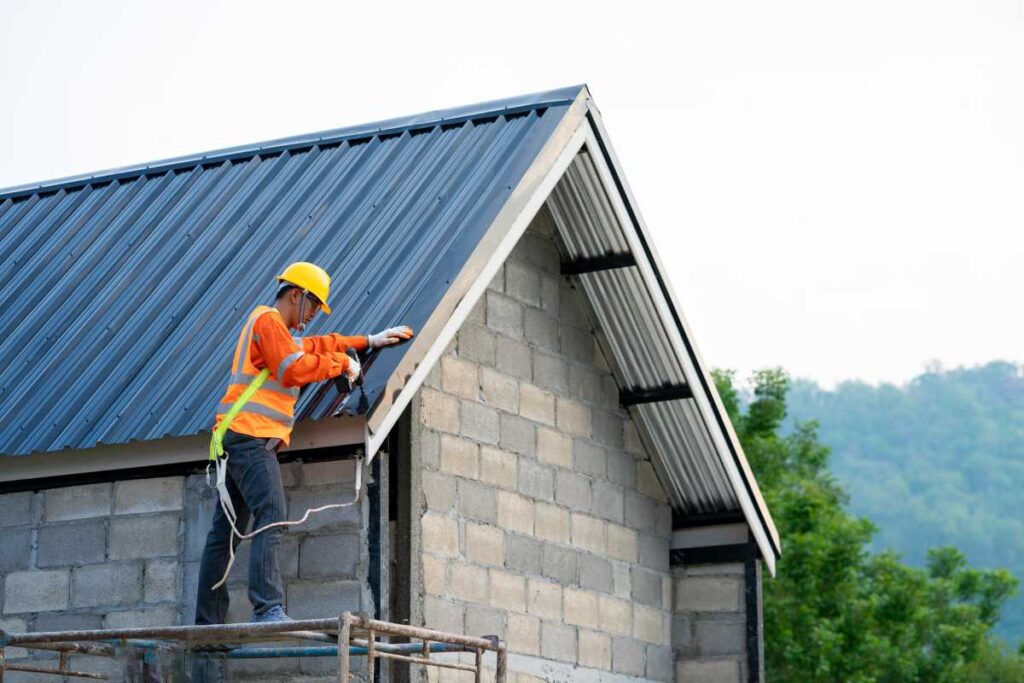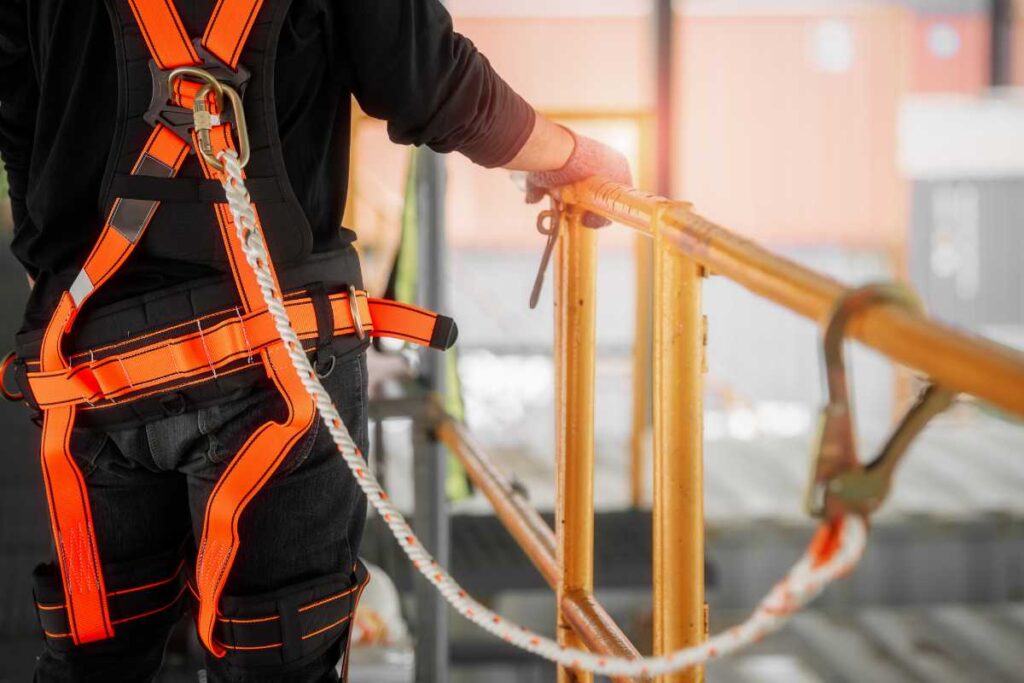Safety is paramount when working at heights, and at Kiwi Roof Masters, we wholeheartedly understand this. Every roofing job – whether big or small, simple or complex – involves potential risks, making a roofing safety harness an indispensable tool for anyone involved in the trade. But wearing a best safety harness is not just about strapping it on; it’s about wearing it right.
Here are ten life-saving tips for wearing a roofing safety harness that will help ensure your safety while working on roofs.
- Read the Manual
It may seem basic, but it’s surprising how often this is overlooked. Every harness is different. Always read the manufacturer’s instructions to understand how to properly wear and adjust your safety harness.
- Inspect Your Harness
Before every use, check your harness for signs of wear and tear. Look for frayed straps, broken fasteners, or corrosion on metal parts. If you spot any damage, replace the harness immediately.
- Adjust for a Snug Fit
A loose harness can be dangerous. Adjust all straps for a snug but comfortable fit, ensuring that there is no excess strap material dangling.
- Check Your Buckles
Check all buckles and fasteners for secure locking. Remember, a single loose buckle can lead to a catastrophic fall.
- Use the Right Lanyard
Use a shock-absorbing lanyard that reduces the force of the sudden stop in case of a fall. Make sure it’s attached securely to your harness and the anchor point.
- Choose a Solid Anchor Point
Your safety harness is only as good as your anchor point. Choose an anchor point that can support at least 1,000 kg and is above your head to reduce the length of a potential fall.
- Don’t Forget Your Leg Straps
Leg straps are crucial for keeping you upright during a fall. They should be tightened to the point where you can slide a flat hand between the strap and your leg, but not a fist.
- Regularly Replace Your Harness
Harnesses are subject to wear and tear and should be replaced every 3-5 years, depending on use and exposure to harsh conditions. Regular replacement ensures your harness maintains its integrity.
- Get Trained
Proper training is crucial to understand how to wear the harness correctly, use the equipment safely, and know what to do in case of a fall.
- Plan Your Rescue
In the unfortunate event of a fall, you need to be rescued promptly to prevent suspension trauma. Have a rescue plan in place and make sure it’s rehearsed regularly.
Remember, your safety harness is your lifeline when working at heights. By following these life-saving tips, you can help ensure your safety while carrying out roofing projects.
At Kiwi Roof Masters, we believe that safety comes first, and we ensure our team is fully trained and equipped with the best safety gear. If you’re considering a roof repair, replacement, or any other roofing project, leave it to the professionals. Contact us today to discuss your needs.


